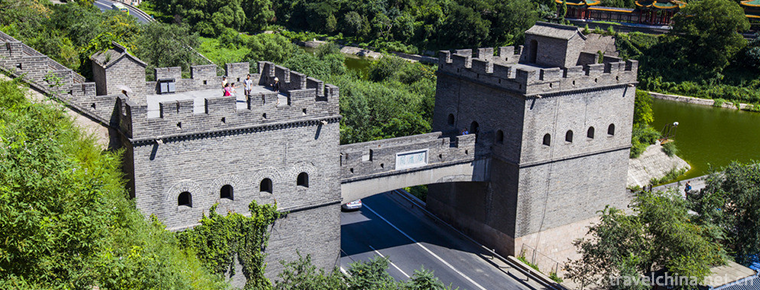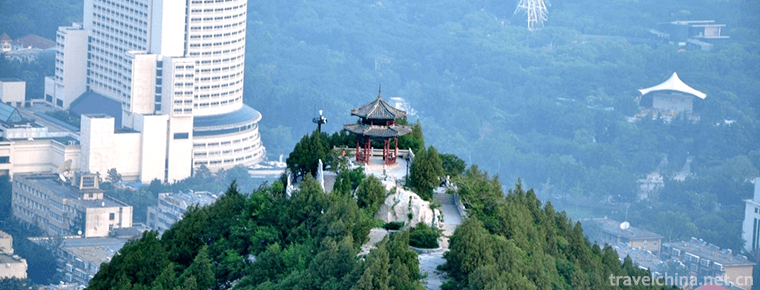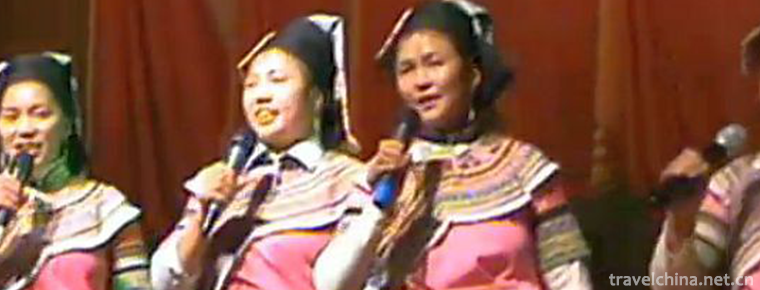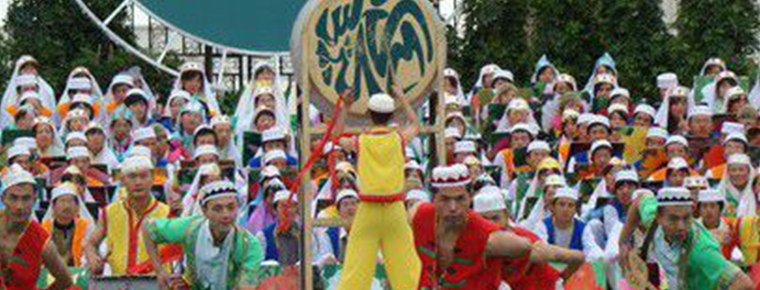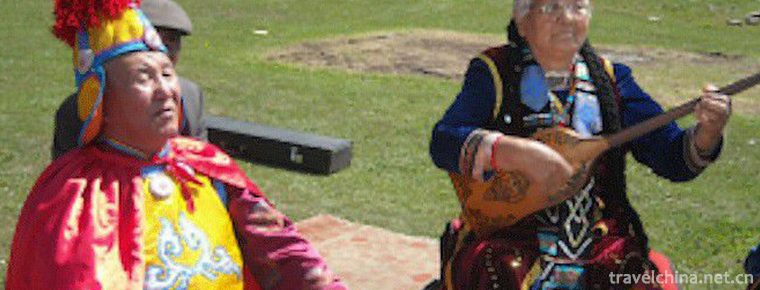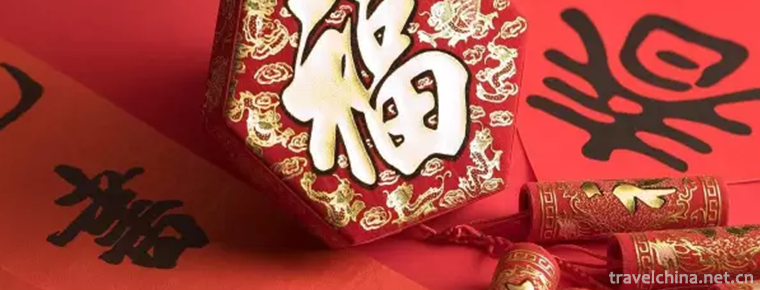Guanyin Gorge Scenic Area
Guanyin Gorge Scenic Area
Guanyinxia scenic spot is the entrance of Yulong Pass, one of the six major parks of Lijiang Bazi. It is located at the "Yulong Pass" of the three major parks of Lijiang Bazi and is known as "the first scenery of Lijiang". Lijiang Guanyin Gorge is a scenic area based on natural scenery such as mountains, canyons, forests and lakes, and integrated with the ancient tea-horse street, Naxi villages, folk customs, religious customs and other humanistic landscapes. Manxiong Guanqiutang Road and long tea-horse-dian Tibetan feelings are the portrayal of Lijiang Guanyin Gorge. It is the first dangerous fortress on the Dian-Zang Line of the ancient tea-horse road. Xu Xiake entered Lijiang from this point. Jiang, Qiutangguan is described as "Lijun Lock Key". When entering this "Lijun Lock Key", he enters the gate of Lijiang. Only when entering this gate can he count as coming from the main gate to Lijiang.
Tourist route
Starting from the ancient city of Lijiang, we enter the scenic spot of Guanyin Gorge in Lijiang in half an hour. First, we arrive at the "Tea-Horse Road Point" at the entrance. The Tea-Horse Road is a non-governmental international trade passageway in southwestern China, which takes the Ma Gang as the main means of transportation. It originated from the tea-horse market in the southwestern frontier of ancient China. It flourished in Tang and Song Dynasties and flourished in Ming and Qing Dynasties. It can be Guanyin Gorge is the only crossing and military fortress of the ancient tea-horse road from Lijiang to Tibet along the Yunnan-Tibet line in history. After the Tea-Horse Road and Mujiaqiao, we arrived at Mujia's other courtyard, which was the tax office set up by the Civil Chieftain in that year. Mujia other courtyard fully embodies the architectural style of Naxi's three halls, one shining wall, four-in-five courtyard, elegant six-in-one door and standard honeycomb wall. Walking on the ancient street of tea horse, one can't help but think of the brilliance of the Dama Gang in the past. The Tianxiang Pagoda, which is a unique sacrificial pagoda for the Naxi people, can also be seen on the way forward with small stones, one by one, bonded by stacks and bases; the Xiakating Pavilion where Xu Xiake once stayed; and the Tibetan Academy of Culture with a strong religious atmosphere. Walking through the busy market, the green gradually becomes dense, green and dark, fragrant with wild flowers; weeping willows are reflected in the quiet lake water, up and down the sky, 10,000 hectares.
The ancient Yunnan-Tibet Teahouse is situated between the green bamboos and willows, which stands out against the background of the lake. Passing through a dense bamboo forest is a mountain tunnel about 385 meters long, which can be passed by electric train. "Heavy mountains and rivers have no way out, bright willows, dark flowers and another village", "Tanyue does not follow the water, the wind from the gorge and the tide of people" crossed the tunnel, more than 100 meters ahead is Guanyin gorge, there are stone tablets: "Lijiang Guanyin gorge" gorge quiet, peaks stand high, and the sound of water is heard. Turning around the peak, I saw a waterfall flying down, very fast and arrows, there is indeed the potential of the Milky Way to fall for nine days. This is the Guanyin Waterfall in Lijiang. There are standing statues of Guanyin in the caves beside it. So it is called Guanyin Gorge. Guanyin Waterfall is the end, with the rolling torrent, treading on the clutch and returning to the glory, climbing along the stone level, only to see Hengke shelter, in the daytime dusk, sparse intersection, sometimes see the sun, fantastic flowers and plants, fighting beautiful, fresh mountain breeze, refreshing. Undoubtedly, today's Guanyin Gorge is still the Guanyin Gorge in Xu Xiake's eyes. Its courtyard, its alleys, its rivers and its distant Yulong Snow Mountain all contain a deep and ancient history. But today's Guanyin Gorge is no longer the Guanyin Gorge in the past. It bid farewell to the vast and desolate West Yunnan Post Road and bid farewell to the murkiness. Chaotic closed-door self-defense, today's Lijiang has opened up a road to the world outside the mountains.
Layout of scenic spots
Lijiang is located on the main road leading to Yunnan-Tibet, Nujiang and Bashu. It is an important place in the transition zone between Yunnan and Sichuan in terms of geographical location. It has become the largest transit station and distribution center for trade between Yunnan and Tibet. Qihe Qiutangguan is located in the key passage of Lijun, where the merchants and businessmen from Malayan Band gather. Therefore, in those days, Lord Mu cut the manor here and guarded the danger of the town gate, which was for the purpose of "Mujia Beyond the Courtyard". The Mujia Beiyuan fully embodies the architectural style of Naxi's three halls, one shining wall, four-in-five patio, elegant six-in-one door and standard honeycomb wall. Walking on Tea Horse Street is reminiscent of the past glory of the Dama Gang. Today, there are many old workshops and shops in the ancient street, such as carpenter's shop, cobbler's shop, copper and iron shop, silver shop, inn, pub and shop. Nowadays, these shops have resumed normal business, and also provide a platform for tourists outside Guanyin Gorge to share the original national ecological culture. They display Dongba script works, woodcarving, wood carving, root carving, embroidery, painting and calligraphy in various forms, inheriting the ancient Naxi culture.
Guanyin Gorge Tourism
Yinxia is located in Qihe Township, 17 kilometers southeast of Lijiang City. On the way from Lijiang Airport to Lijiang Ancient City, it is usually on the way to visit Lijiang, or on the way to visit Lijiang when leaving Lijiang.
Guanyin Gorge Scenic Area is mainly composed of Huanglongtan, Tea Horse Cultural Area and Canyon Scenic Area. The main scenic spots in the scenic area are Liangma Bridge, Yunnan-Tibet Tea House, Huanglongquan Waterfall, Guanyin Gorge Waterfall, Xiake Pavilion, Tianxiang Pagoda and Mujiabieyuan. You can take the electric slide in the scenic area. The tube-track electric slide car starts from the tunnel tourist area and goes directly around the mountain. At the entrance of Guanyin Gorge, the total length is 1200 meters, with a drop of more than 30 meters. Tourists can control their own speed. The speed can reach 7 km/h, which is very dynamic. Lijiang Guanyin Gorge Network, beautiful scenery, dangerous terrain, throughout the valley, high errors, many tourists, riding electric taxi tours can not only allow tourists to enjoy the scenery of the valley without excessive physical exertion in the plateau area, but also increase the participation of tourists. Mainly composed of slideways, pulleys and power supply systems, the line is equipped with straight roads, bends and drapes. Tourists take cars from the lower entrance of the tunnel, along the canyon to the upper entrance of the tunnel, empty cars return from the tunnel, and the whole line is a closed loop. Considering the convenience of tourists'sightseeing, combined with natural terrain and modern construction facilities and equipment, it is more convenient and fast to meet the tourists' browsing space at multiple levels. Passengers passing through the cliffs are thrilling and stimulating, meeting the needs of recreation and entertainment, and when they are running on the way, they are ups and downs, complex and changeable, which increases the interest of tourists.
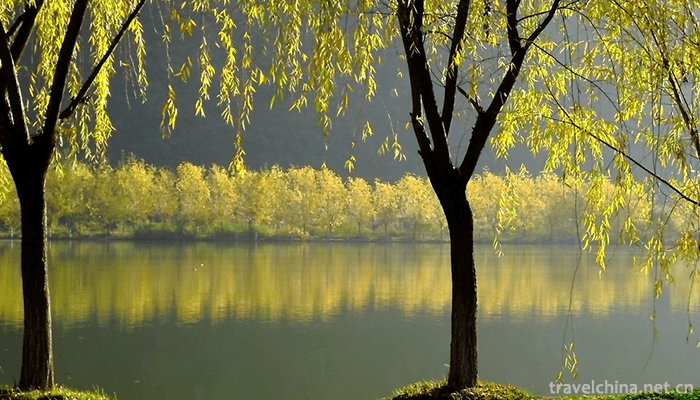
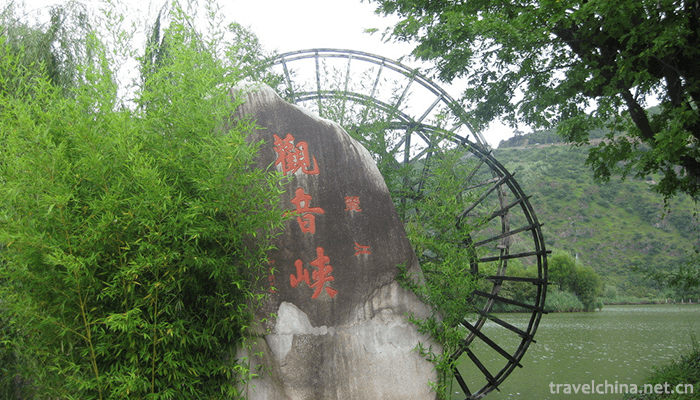
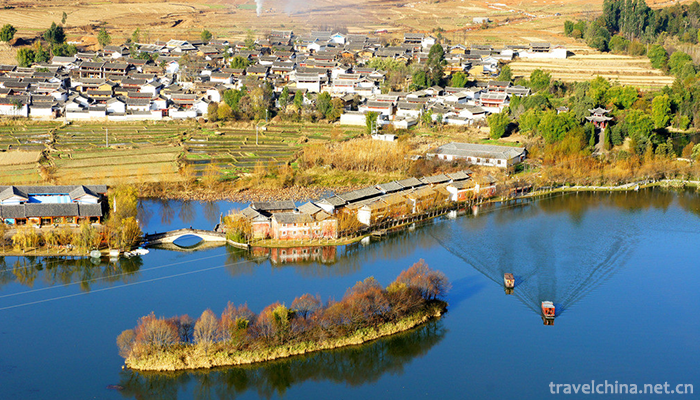
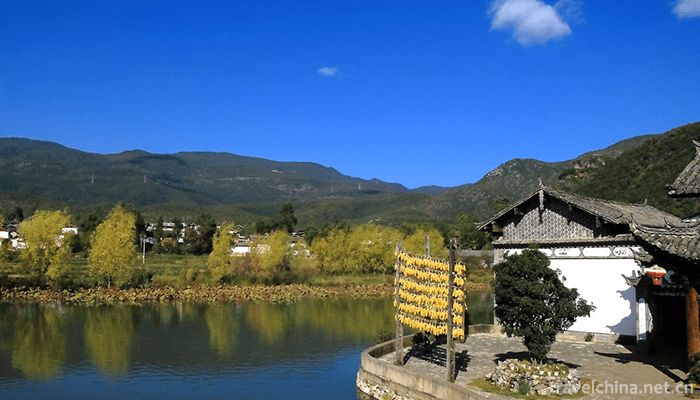
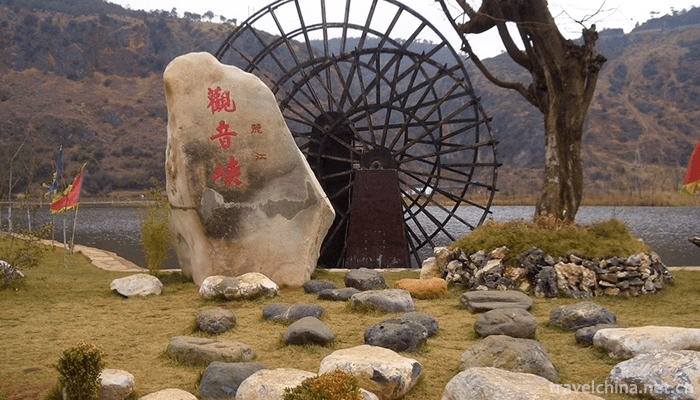
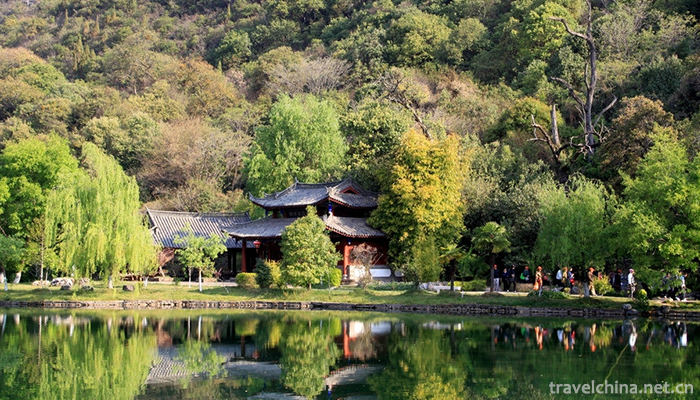
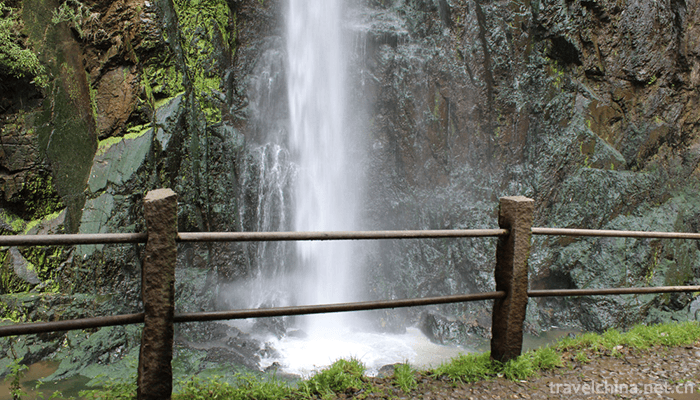
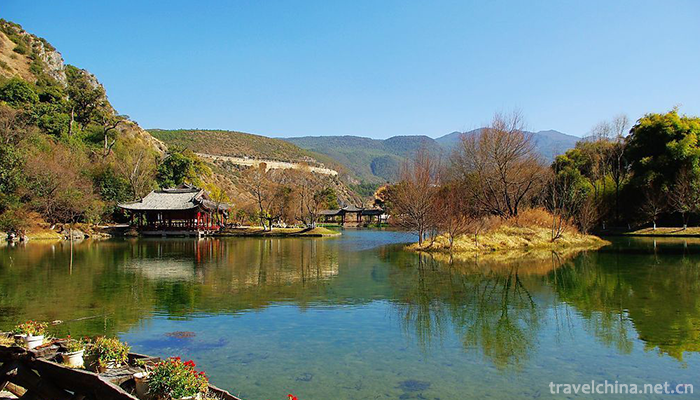

Guanyin Gorge Scenic Area
-
Tianmu Lake
Tianmu Lake is located eight kilometers south of Liyang City, Changzhou. It is named Tianmu Lake because it belongs to the remnants of Tianmu Mountain
Views: 169 Time 2018-12-06 -
Juyong Pass of Great Wall of China
Juyongguan Great Wall is a famous ancient city along the Great Wall of Beijing and a national cultural relic protection unit. It is a national AAAA scenic spot assessed by Beijing Tourism Bureau
Views: 202 Time 2018-12-10 -
Thousand Buddhas Mountain
Qianfo Mountain is one of the three major scenic spots in Jinan. It was called Lishan in ancient times. Because it was called Shun's farming in Lishan in ancient times, it was also named Shun Mountain
Views: 223 Time 2018-12-26 -
Ha Ni Ha Ba
Ha Ni Ha Ba, an important part of Chinese Hani folk literature. Hani Haba, which means Hani ancient songs, is a popular and far-reaching folk song in Hani social life.
Views: 367 Time 2019-05-02 -
Hui folk instrumental music
Hui folk instrumental music is a long-term life practice and cultural activities of the Hui people in Ningxia, inheriting ancient instruments of Ningxia and northwest frontier fortress instruments and
Views: 194 Time 2019-05-04 -
Mongolian Topshore Music
Topshore is a unique short-necked woody plucked string instrument of Mongolian nationality in Xinjiang. It is beautiful in shape, simple in manufacture, graceful in timbre and easy to carry. It is esp
Views: 341 Time 2019-06-04 -
Couplet Custom
Couplet is a couplet inscribed on the pillar of the couplet, also refers to the couplet, is a unique form of literature and art in China. The custom of couplets originated from the dual phenomenon of
Views: 214 Time 2019-07-14 -
Mount sanshen
The three sacred mountains in Yading, Daocheng, are composed of three snow peaks, xiannairi, yangmaiyong and xianodoji, representing respectively Guanyin Bodhisattva, Manjusri Bodhisattva and Vajrayana Bodhisattva.
Views: 235 Time 2020-10-13 -
Cuiping Mountain Park
Cuipingshan Park, located in the northwest of Yibin City, Sichuan Province, is a famous urban forest park integrating scenic spots and forest scenery. It is mainly composed of Cuiping mountain and Zhenwu mountain.
Views: 151 Time 2020-10-16 -
Neijiangs location
Neijiang City is located in the southeast of Sichuan Basin and the middle of the lower reaches of Tuojiang River. Chongqing in the East, Chengdu in the west, Zigong, Yibin and Luzhou in the south, Ziyang and Suining in the north. Its geographical location
Views: 362 Time 2020-12-16 -
History of Guangan
Guang'an belonged to Liangzhou in ancient times and Yongzhou in Yin and Shang Dynasties. In the fifth year of King Shenliang of Zhou Dynasty (316 BC), Qin destroyed Bashu and established Ba and Shu counties. Today, Guang'an District, Qianfeng District, Linsh
Views: 323 Time 2020-12-19 -
Guangan secondary industry
In 2019, the industrial added value of Guang'an City will reach 28.87 billion yuan, an increase of 8.8%, and its contribution rate to economic growth will be 34.9%. At the end of the year, there were 597 Industrial Enterprises above Designated Size, and
Views: 176 Time 2020-12-19

